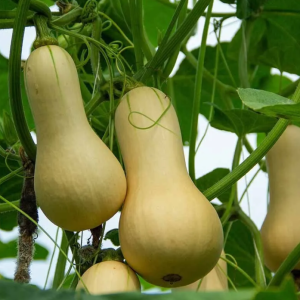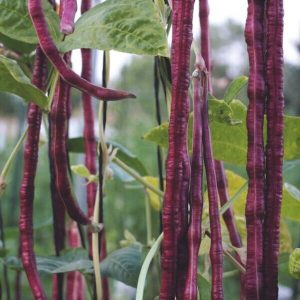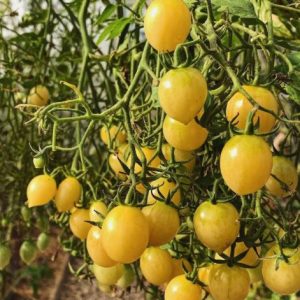Description
Rare HEAVY HITTER okra, SUPER HEAVY UNBEATABLE Yields!
Growing heavy hitter okra seeds involves several steps to ensure a successful and productive harvest. Here’s a basic guide:
1. **Seed Selection:** Start by choosing high-quality heavy hitter okra seeds. Look for reputable seed suppliers and select seeds that are suitable for your climate.
2. **Germination:** Soak the okra seeds in water for a few hours or overnight to enhance germination. Plant the seeds about 1 inch deep in well-draining soil. Okra prefers warm temperatures, so ensure the soil is consistently warm.
3. **Soil Preparation:** Okra thrives in well-draining soil with a slightly acidic to neutral pH (around 6.0 to 7.0). Amend the soil with organic matter, such as compost, to improve fertility and drainage.
4. **Planting:** Plant the seeds or seedlings in rows with spacing of about 12 to 18 inches apart. This allows the okra plants enough room to grow and facilitates proper air circulation.
5. **Sunlight and Watering:** Okra requires full sunlight, so choose a location with at least 6-8 hours of direct sunlight. Water the plants consistently, keeping the soil evenly moist. Okra is somewhat drought-tolerant but benefits from consistent moisture, especially during flowering and fruiting.
6. **Fertilization:** Use a balanced, all-purpose fertilizer or one specifically formulated for vegetables. Apply fertilizer according to package instructions, and avoid excessive nitrogen, as this can lead to more foliage and fewer fruits.
7. **Pruning:** Optionally, you can prune okra plants to encourage a bushier growth habit. Pinch off the tips when the plants are about 12 to 18 inches tall.
8. **Pest and Disease Management:** Keep an eye out for pests like aphids and caterpillars. Use organic or chemical controls as needed. Okra is generally hardy but can be susceptible to certain diseases, so practice good garden hygiene.
9. **Harvesting:** Okra is typically ready to harvest about 50-60 days after planting. Harvest the pods when they are 2 to 4 inches long for optimal tenderness. Harvest regularly to encourage continuous production.
Remember to adapt these steps based on your specific climate and local growing conditions. Gardening success often involves some trial and error to find the best practices for your specific environment.
Okra leaves, like the okra pods, offer several potential health benefits when included in the diet. While they are not as commonly consumed as the pods, here are some benefits associated with eating okra leaves:
1. **Nutrient Content:** Okra leaves, like the pods, are a good source of essential nutrients, including vitamins A and C, as well as minerals like calcium and potassium.
2. **Antioxidant Properties:** The leaves, like many green leafy vegetables, contain antioxidants that help combat oxidative stress in the body. Antioxidants play a role in supporting overall health and may contribute to disease prevention.
3. **Dietary Fiber:** Okra leaves, similar to the pods, contain dietary fiber. Fiber is important for digestive health and can help regulate blood sugar levels and support a healthy weight.
4. **Anti-Inflammatory Potential:** Some studies suggest that certain compounds found in okra, including those in the leaves, may have anti-inflammatory properties. This could be beneficial for individuals dealing with inflammatory conditions.
5. **Potential Blood Sugar Regulation:** The fiber content of okra leaves may contribute to better blood sugar control. Additionally, some research has explored okra’s role in managing diabetes, although more studies are needed in this area.





Reviews
There are no reviews yet.